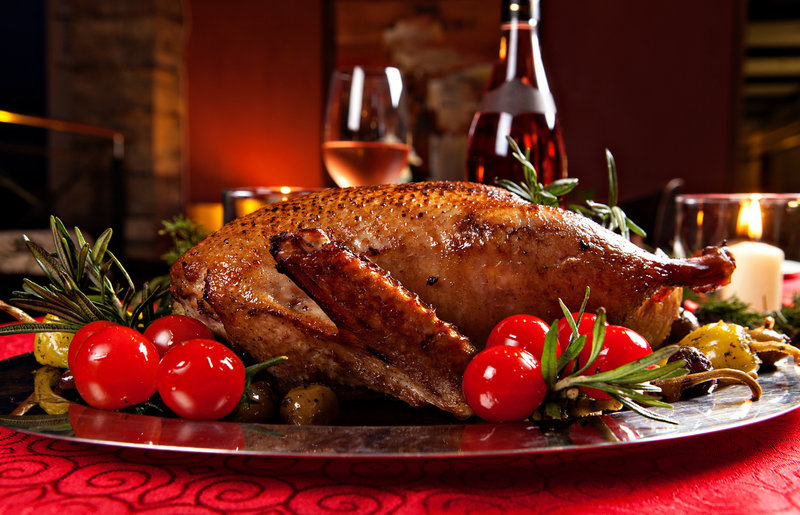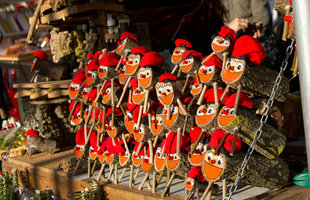A Catalan Christmas
How different can the festive celebrations be between England and Catalonia? A long-term resident from the UK gives his impressions of what separates the two traditions
...the carols have been replaced by the caga tió song on December 24...
Ask me about Christmas when I was a child and my head fills with images of empty pillows at the end of the bed magically filling up with presents overnight, trips to Blackpool to see the spectacular Christmas lights (they lose a bit of that glamour as you get older), coming down the stairs on Christmas morning to find yet more presents under the large real pine tree in the living room, roast turkey and vegetables, sprouts and parsnips, and flaming Christmas puddings carried by a tottering mother who has had a little too much to drink, Slade’s Merry Xmas blaring out from shops and houses, and going to Boxing Day football matches wrapped up against the freezing winds of north west England. Then, of course, there were the Christmas crackers with the terrible jokes and paper crowns you had to wear for the duration of the Christmas day meal, and strangers coming to the door singing Christmas carols –God Bless ye Merry Gentleman and Good King Wenceslas– before my mum gave them a glass of sherry and a mince pie. Much of this would require an explanation to a non-native, such as the fact that the mincemeat in a mince pie is actually a sweet concoction of dried fruits and spices and nothing at all to do with minced meat. Or what crackers even are.
Fast forward 30 years to my family Christmases in Catalonia, or Girona to be precise, and the Christmas carols have been replaced by the caga tió song on the 24th, the turkey has been replaced by pasta soup with a huge ball of meat for first course, followed by giant prawns, while the Christmas pudding and mince pies have been replaced by turons and polvorones.
Cultural differences
There are many other distinctive features of Christmas here, of course, particularly the caganer squatting to do his business in the nativity scene, hilarious to anyone non-religious like myself, and the beating of a log until presents fall out of it on Christmas Eve. Perhaps the biggest cultural difference for me when I had my first family Christmas in Catalonia was the fact that presents were not given on December 25 but on January 6, leaving Christmas day strangely devoid of the excitement of getting loads of new stuff. It has always seemed strange to me as a non-native that kids have to wait until the end of the school holidays to receive their presents, meaning they only have that day and the following one to play with them before going back to school, as opposed to receiving presents on December 25 and then having the whole holiday to play with them. Of course, as I am English, our son always got presents on Christmas Day as well, it is just that the main present-giving here is reserved for Reis, or Epiphany, or Kings’ Day, or Three Wise Men Day or however you want to translate it. In my Catalan family there is also the very pragmatic tradition of each person being assigned one person to get a gift for, which also differs from my own experience as a child, when everyone bought everyone else something. Of course, that way of doing things usually meant several small presents rather than one big one, which is more typical of my family here. And it also created a Christmas shopping frenzy that does not seem to exist to the same extent here, as in the UK everyone tries to start their Christmas shopping as early as possible –they sometimes have large numbers of people to buy presents for remember– and it has to be done before the holidays start, so the lead up to Christmas Day in the UK becomes a gaudy binge of consumerism that leaves everyone exhausted and swearing they do not want to have to do it ever again.
What I’ve not mentioned yet is the Reis procession through town, for which there was no equivalent when I was little. A time where families and the entire local community come out onto the street to celebrate the tradition with children, adults and the elderly, every generation basically, all sharing the children’s seasonal thrill together. Perhaps the most important difference, then, is the sheer reality of the event for children here: they get to see the kings actually bringing the pressies, rather than having to imagine Father Christmas squeezing his sizeable behind down all those chimneys, especially when you have not even got one.




